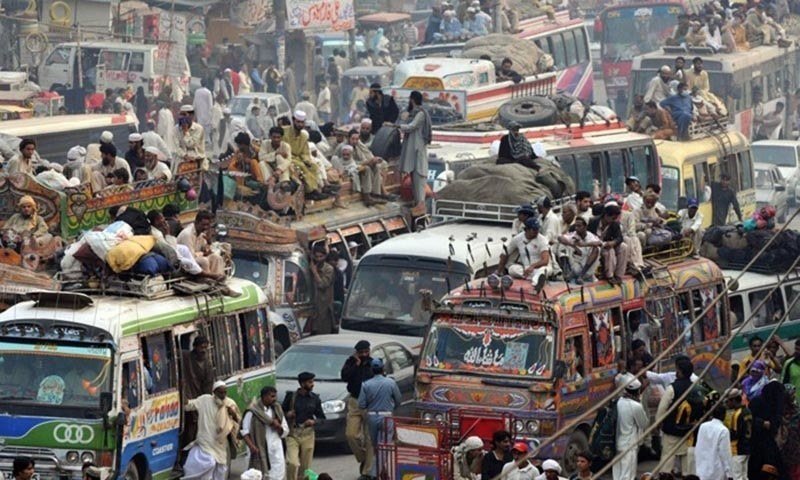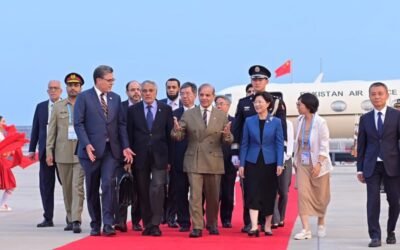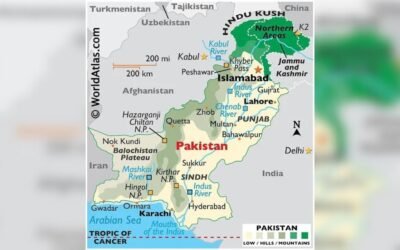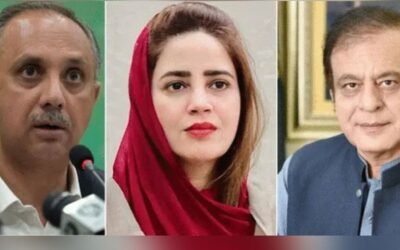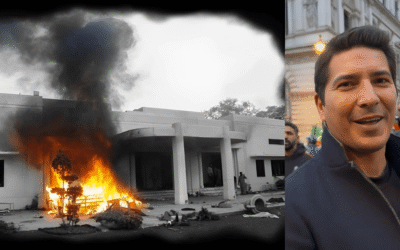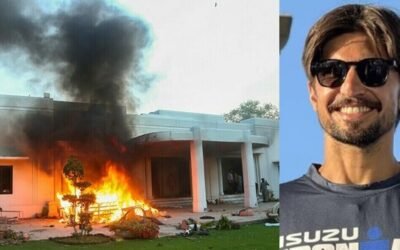Good public transportation helps cities grow and improves people’s quality of life. In Punjab, Pakistan, major cities like Lahore and Rawalpindi have introduced new metro trains and buses. However, smaller cities often lack modern transportation, leading to significant problems for residents there.
Why Big Cities Get Metros
Governments usually build Metros in big cities for a few reasons:
- Large Population: Large cities have a high population, so a metro can serve many riders each day. This helps numerous commuters. These big projects are designed to handle peak times, which are worst in crowded city centers. This provides strong reasons in favor of high-capacity systems.
- Bad Traffic: Large cities often face heavy traffic congestion. Subways and metros help clear the roads and speed up travel. This conserves time and fuel. The expenses related to traffic, like wasted fuel and lost work hours, often justify these big transportation projects.
- Business: Major cities serve as hubs for business and employment, acting as key financial centers. Good transportation infrastructure boosts the economy and attracts new companies. Strong transport links connect workers to jobs and facilitate trade within the city. This contributes to the country’s economic growth. These cities generate substantial revenue, and efficient transportation makes them even more appealing for businesses.
- Big Projects: Metros are new, modern developments. They enhance the city’s image to the world. They showcase progress and contemporary methods. They often become flagship projects for the current government. These large, impressive endeavors boost public perception and demonstrate a strong commitment to city growth.
These reasons are good. However, smaller cities also require adequate public transportation. In 2014, public transport was less than 3.78% of all travel in Punjab. This percentage is very low. As a result, more people now use private cars and motorcycles, leading to increased traffic and pollution. This has created two separate growth paths, where benefits from good transportation are only available in a few major cities. Smaller but still important cities struggle to keep up.
Problems in Smaller Cities
In Punjab’s smaller cities, public transport is often very poor. People use old vans, rickshaws, or their motorbikes. This leads to many issues:
- Hard Travel: Getting to work, school, or hospitals is slow and tough. Rides are often uncomfortable and crowded. This makes daily life hard and tiring. Long travel times mean less free time and fewer chances to learn or grow at work. For students, poor transportation can mean missing classes and performing worse in school.
- High Costs: Using private transportation or old shared rides is more expensive. Families spend a lot on fuel and fares. This leaves less money for other needs. This drain on finances limits how much people can advance financially. It can keep families poor. Not having cheap transport also means fewer job options for people.
- Pollution: Many older vehicles contribute to poor air quality and noise pollution. These older vehicles often lack adequate pollution controls. They release harmful gases into the air. This harms people’s health, causing breathing problems and heart issues. It especially affects children and older people. The increased use of private cars also leads to cities spreading out, harming the environment.
- Safety Issues: Old vehicles and poor road conditions can pose safety risks. Accidents occur more frequently because transportation is not properly inspected. Crowding, speeding, and failing to follow road rules are common problems. Women especially face safety worries and bad treatment on crowded, unregulated transport. This can prevent them from attending school or work. Fear can limit their freedom in public.
- No Growth: Without good transport, small cities struggle to grow. It’s more challenging for businesses to hire employees from distant locations. Moving goods for factories and shops becomes harder and more costly. This prevents new jobs and revenue from being generated. It creates a vicious cycle where poor transportation hinders new businesses, keeping cities underdeveloped.
A New Plan?
The Punjab government has been changing its mind. They now aim to improve public transport everywhere, not just in major cities.
The Chief Minister of Punjab aims to provide uniform transport services to all areas. This means that everyone should have access to good transportation options. The Punjab Transport Department is buying 1,100 electric buses. This is more than the 500 buses first planned for only a few big cities. Now, these new, modern electric buses will also serve smaller cities. New bus stops and garages will be built for them. These will help keep the buses running well. These 1,100 electric buses are expected to be operational by December 2025. This promises a clear and helpful change for many people’s daily travel.
The budget for 2025-26 also shows a significant increase in transport spending. It has set aside approximately Rs. 84.5 billion for transportation. This money will help big cities, but also improve roads in places often overlooked, such as Layyah and Bhakkar. This shows a move to help all parts of Punjab. It means the government wants to fix problems in different regions and help them grow fairly.
Other Ways, Not Just Metro
For smaller cities, full Metro systems are often too costly or too big for their size. Other options can work better:
- Modern Buses: The government is purchasing 600 electric buses for cities such as Multan, Bahawalpur, and Gujranwala. These new, clean buses can run on well-planned routes. They are cheaper and more flexible than a Metro. They help cut traffic and pollution. These buses can form a crucial part of a well-functioning public transportation system. Being electric, they also help the environment and save on fuel costs over time.
- Feeder Routes: These are smaller buses or vans. They connect people from their homes to the main bus stops. Lahore utilizes “Speedo buses” for this purpose. This helps people reach the main Metro lines. This idea can help people in smaller cities access the main transportation lines easily. It solves the “last-mile” problem, making transport truly useful for everyone.
- E-Taxis and Ride-Sharing: The government will start an Electric Taxi (E-Taxi) Scheme. This offers cleaner, safer private rides for those who can pay. This can enhance public transport, especially in areas where fixed routes are impractical. Ensuring these services are properly managed can also make them safer and more transparent about pricing.
- Better Roads: Simply making roads better, adding proper bus stops with shelters, and fixing sidewalks can significantly improve public transport, making it much better and safer. These basic improvements are often overlooked but are crucial for any effective transportation system. They make riding public transport more comfortable and respectful for users.
The Way Forward
Building Metros in only a few big cities leaves many people behind. The new plans for electric buses in smaller cities and better roads are good steps. Good public transport is not just for big cities. It benefits everyone, regardless of their location. It can boost local economies, improve daily life, and make cities cleaner and safer. An impressive 79% of Pakistanis use public transport, in both towns and villages. This highlights the need for improved transportation everywhere. Punjab’s new plan brings hope for all parts of the province, aiming for a more connected and fair future.

